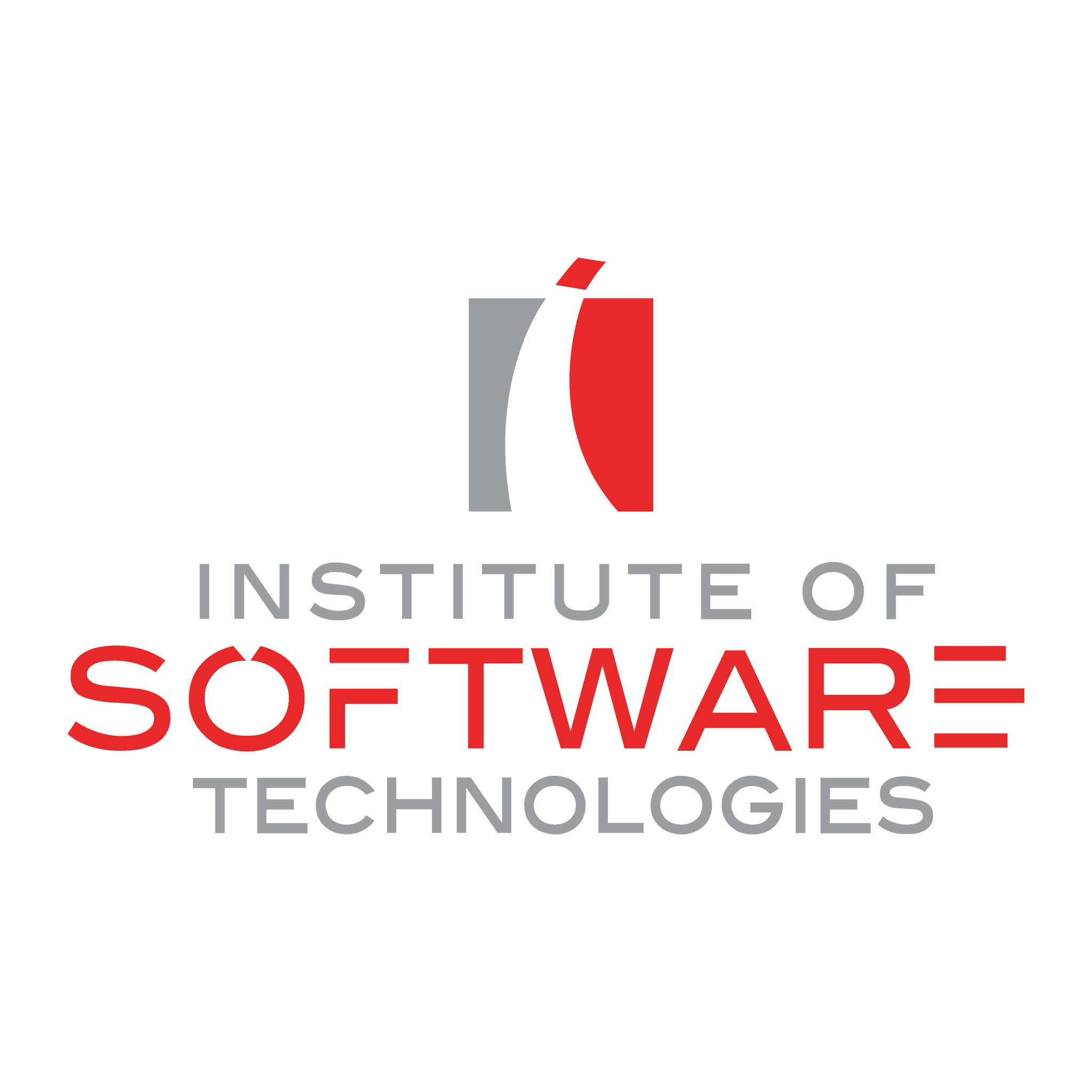- 00D
- 00H
- 00M
- 00S
12 months
- Basic web development Skills (HTML and CSS)
- To be eligible, the student must have completed a certificate in software development course.
1st Semester
- Fundamentals of Computing – This unit covers the competencies required to identify key ICT concepts, Explore Computer Systems, Manage Computer Security and Networks, Perform Computer Programming, manage a Database System, Manage Cyber Crimes and Maintain Data Confidentiality.
- Responsive Web Design – HTML, CSS and Bootstrap go hand in hand for developing flexible, attractive and user-friendly websites.
HTML (Hyper Text Markup Language) is used to show content on the page whereas CSS is used for presenting the page. Bootstrap on the other hand is a modern library that builds on top of CSS to aid in building appealing user Interfaces. HTML describes the structure of a website semantically along with presentation cues, making it a mark-up language, rather than a programming language. HTML allows images and objects to be embedded and can be used to create interactive forms.
JavaScript – The purpose of this course is to educate the student in the important language skills necessary to use JavaScript. Whether you are looking to add interactivity to your website, control how a browser acts or alter your HTML document’s content, it is important to have a firm grasp of JavaScript concepts. We begin this course by discussing the basic components and structure of JavaScript as well as learning the terminology. Then, we’ll advance through topics to cover some more advanced concepts and uses for JavaScript.
- React.js – React.js, is an open-source JavaScript library from Facebook used for view rendering work in large scale or single page applications (SPA). It encourages the creation of reusable UI components to present data that changes over time. You will understand the problems that React can help you solve, gain a deeper understanding of JSX, work with form components, implement React styles, and learn how to integrate unit tests for React components.
- Database For Developers – The purpose of this course is to teach students the essential concepts of relational and non-relational databases and how to design a database that is anomaly free. Students will learn to design, create, populate, and query a database. The course also exposes students to basic database administration skills such as creating users, granting/revoking privileges individually or collectively to several users through the use of roles.
- API Design with Node.js – Transfer your JavaScript skills to the server-side and become a full-stack engineer! By learning Node.js, you’ll be able to do a lot more with JavaScript, like creating command-line interfaces and APIs, and interacting with the file system. All the things you need to level yourself up to a full-stack or back-end engineer. Node Js has become the ubiquitous tool for JavaScript web development and virtual any technology written in JavaScript for the web. Node Js has become a cornerstone of the JavaScript eco-system. Its versatility for using and huge community behind it makes it indispensable for the modern JavaScript developer and it’s virtually a requirement to be at least somewhat familiar with it these days.
2nd Semester
- PHP – In this PHP training course, students will learn to create database-driven websites using PHP and MySQL or the database of their choice. The class also covers SQL basics.
- Laravel – Laravel is an open-source PHP framework, which is robust and easy to understand. It follows a model-view-controller design pattern. Laravel reuses the existing components of different frameworks which helps in creating a web application. The web application thus designed is more structured and pragmatic.
- Vue.js – This unit specifies competencies required to use the Vue js and involves applying basic Vue js concepts. You will learn all the logic and practice behind Vue in different modules, and after you have a strong base of Vue we will journey into Routes, VUEX and Authentication.
- Mobile Development-Android App – Java is one of the top five programming languages and is used for websites, embedded controllers, and Android app development. The course starts of by covering all the basics: data types, strings, functions, and loops. You learn how to control the flow and logic of your code, and debug your project to make sure it runs perfectly. Along the way, you have access to real-world examples and challenges that allow you to practice your new skills. This course is perfect for developers who need to get up to speed with Java fast. After getting acquainted with java you get to Explore the world of Android app development. A practical hands-on approach of developing, designing, managing, and distributing Android apps.
Semester 1 Ksh 85,000
Semester 2 Ksh 75,000
Take advantage of our flexible installment plan or get a Ksh 10,000 discount for a lump sum payment for the diploma.
